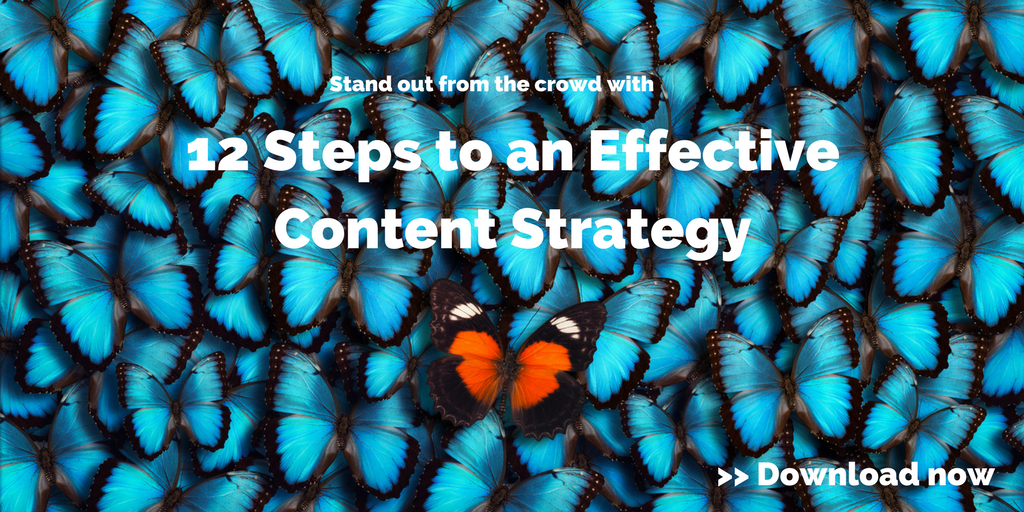Email workflows will automatically deliver content to leads at designated intervals, inviting them to take action and helping them to move down the sales funnel.
We’ve written before about marketing automation, and what it can do for the supply chain in term of cost- and time-savings. It’s time to get specific about how you can put marketing automation technology to work for you.
There are quite a few highly effective automation tools (including chatbots). Today we’re going to talk about email workflows.
What are email workflows?
These resource-saving tools consist of a series of emails that automatically send to a user at designated intervals. Based on actions a user has taken on your website, they receive emails relating to their interests — or where they are in the sales process — automatically.
Take this example: If someone downloads a resource from your website, an automated email workflow can be triggered to send a thank-you email within 24 hours. After the initial email comes a series of lead-nurturing emails over the next few weeks, continuing to educate the lead about a subject they are interested in, based on the resource they downloaded.
Why use email workflows
HubSpot reports that businesses using this kind of marketing automation to nurture leads receive a 451% increase in qualified leads. Email workflows work, period.
At Fronetics, we recommend clients create email workflows all the time. It allows them to deliver relevant, timely content to leads through automation. That means a sales person doesn’t have to keep track of when a download occurred and remember to send follow-up emails with lead-nurturing content.
Email workflows let you trigger emails based on any information you have about your leads, so you can send the ideal message at the ideal time. Here are some ideas of email workflows you can try:
- Topic workflows, triggered by page views or content offer downloads
- Lead-nurturing workflow, triggered by top-of-the-funnel conversions
- Re-engagment workflow, triggered when a contact has been inactive for a while
- Upsell workflow, triggered by past purchases
- Blog subscriber welcome workflow, triggered when someone subscribes to your blog
By taking the time to create thoughtful email workflows on the front end, you will save your team a lot of time and effort during the sales process. It’s this kind of marketing automation that will streamline your sales and marketing efforts, freeing you up to complete other important tasks.
Related posts:


